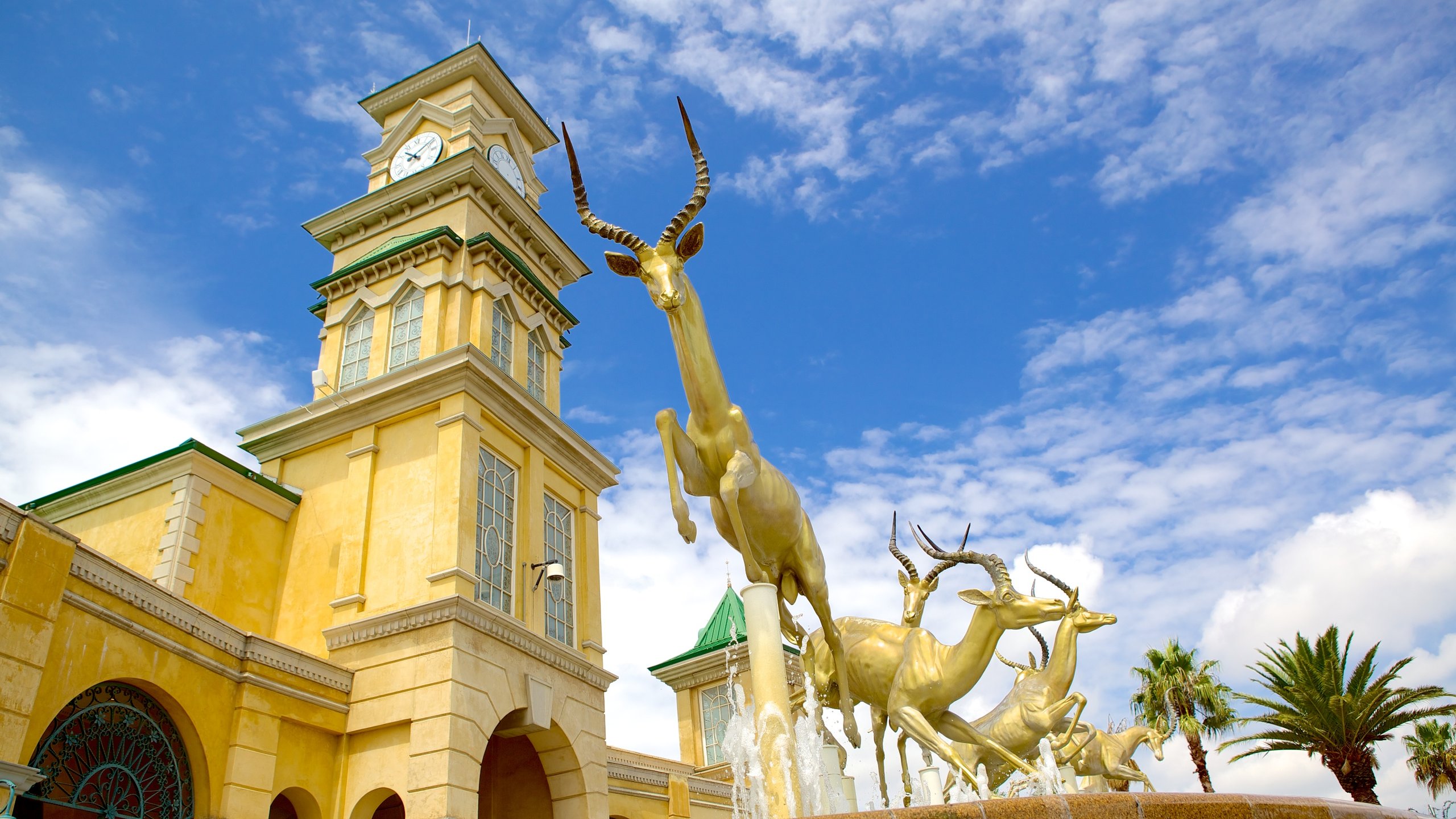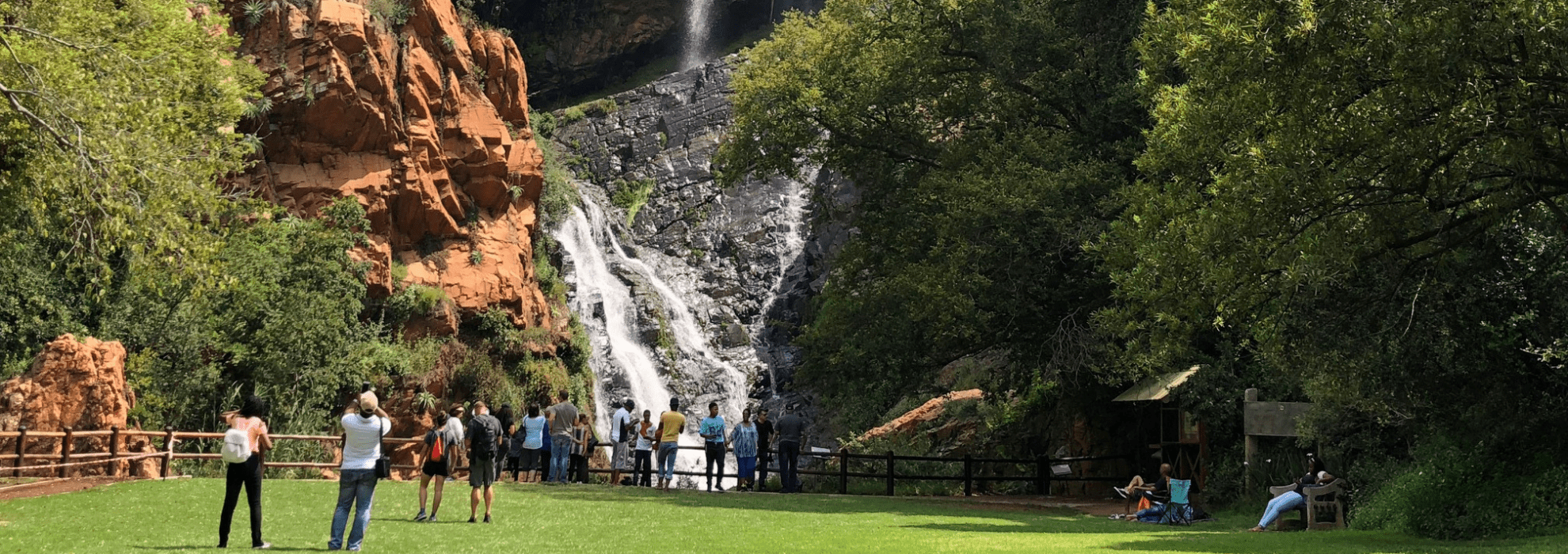Everything about Johannesburg North Attractions
Everything about Johannesburg North Attractions
Blog Article
An Unbiased View of Johannesburg North Attractions
Table of ContentsTop Guidelines Of Johannesburg North AttractionsExcitement About Johannesburg North AttractionsThe smart Trick of Johannesburg North Attractions That Nobody is DiscussingSee This Report about Johannesburg North AttractionsJohannesburg North Attractions - TruthsA Biased View of Johannesburg North Attractions
The city expanded on the side of the Witwatersrand Key Reef, a subterranean stratum of gold-bearing quartz-silica corporation that arcs for hundreds of miles below the Highveld - Johannesburg North attractions. Most of the gold mines in the city ceased operation in the 1970s, but in its day the Witwatersrand gold industry accounted for even more than 40 percent of the world's yearly gold production.Johannesburg has a pleasant climate. Summertime temperature levels average concerning 75 F (24 C); winter months temperature levels average concerning 55 F (13 C) and just occasionally dip below cold. The city appreciates regarding eight hours of sunshine per day in both winter season and summer season. Rainfall averages concerning 28 inches (700 millimetres) per year, yet the total differs significantly from year to year.
What rain the city obtains falls virtually solely in the summer months, commonly in spectacular late-afternoon electric storms., where lots of citizens still count on coal for gas.

How Johannesburg North Attractions can Save You Time, Stress, and Money.
The balance of the city is occupied by whites. Accommodation varies in character and top quality. Soweto is infamous for its endless rows of municipally built, two-room matchbox homes, yet it likewise has a few prosperous enclaves as well as bristling squatter camps, where 10s of thousands live without water, power, or cleanliness facilities.
Physical growth, although somewhat restricted by transportation, continued rapidly as migration to South Africa, and Johannesburg in certain, enhanced considerably.
The majority of inadequate suburbs were blended, with inadequate blacks and whites cohabiting, although the affluent suburbs were generally booked for whites. This changed with the political election of the National Event in the 1948 elections, who started to formalise the system called apartheid. Discrimination formally marked which residential areas each race might live in under the Group Areas Act.
The previous system of eleven phoned number areas was reorganised in 2006. Marshalltown, as seen from the top of the Carlton Centre. The M1 and M2 run behind the structures, and the southern residential areas extend past the freeway boundary. The central city of Johannesburg lies within the city's Area F. The approximated populace of the region is 200,000, [] yet the variety of individuals residing in the central city on a casual basis is unidentified, as numerous are illegal aliens. A lot of higher-income residents and white individuals have actually relocated to the northern suburbs and have been changed by lower-income black individuals. The joblessness, education, and age accounts of the location are all unknown, because of the problem of getting dependable information regarding the area.
Not known Incorrect Statements About Johannesburg North Attractions
Centred on the CBD, the region consists of the residential areas of Yeoville, Bellevue, Troyeville, Jeppestown, and Berea to the eastern. To the west it spreads to Pageview (Johannesburg North attractions) and Fordsburg. There are little enterprise zones to the south, such as City West-Denver and Benrose. Around 800,000 travelers go through the internal city each day, and it functions as special info a regional shopping node for visitors from the southern suburban areas. Yeoville and Bellevue have a mix of home buildings and solitary domestic systems on small whole lots. The region is located on a hilly divide that runs from east to west.

The 6-Second Trick For Johannesburg North Attractions
The eastern suburban areas are some of the oldest locations of Johannesburg, there are big communities of Jewish and other European histories, the majority of the populace is English talking. There are 3 view website golf training courses as well as a number of safeguarded ridges with viewsites.
Initially developed to house male migrant workers, lots of have actually been enhanced as residences for couples and family members. The suburban area was not traditionally permitted to create work centres within the location, so virtually all of its citizens are commuters to other components of the city.
What Does Johannesburg North Attractions Mean?
The residential locations in the northern suburbs are generally official, with no substantial locations of casual real estate, or real estate that does not have an irreversible structure. This is a recognized location, there is a trend of land use change from property to industrial, specifically along primary arterial roads and around well established nodes.
The area is well attached to road networks, especially along the north-south axis formed by the M1 and N1. Roads a knockout post to the east and west are much less well developed, as there are no freeways travelling because direction. Towards the northern border of the city, the density of advancement decreases, leaving huge locations of primitive land around Midrand.
Not known Facts About Johannesburg North Attractions
, which is situated on a hillside overlooking the inner city and Hillbrow.
Report this page